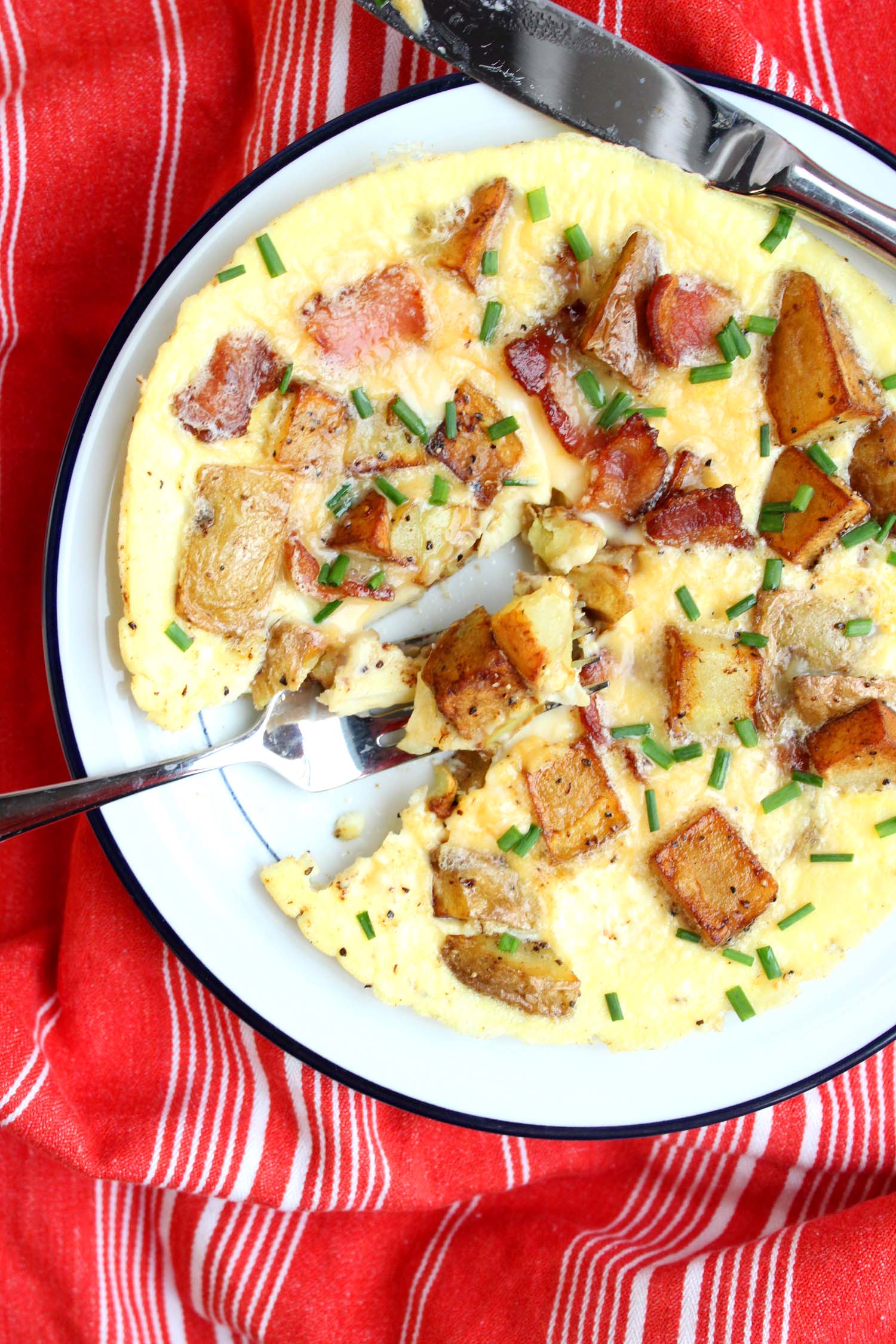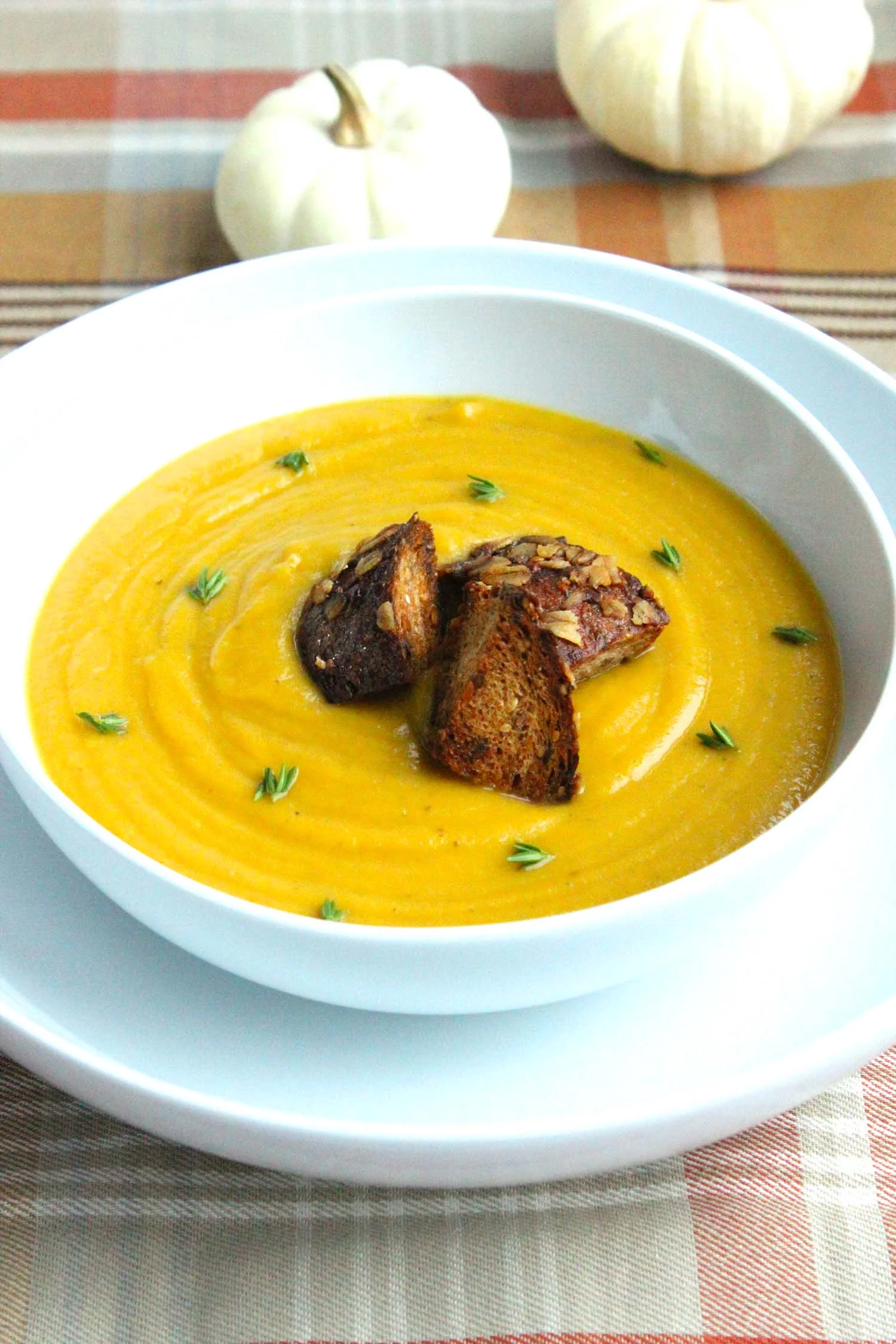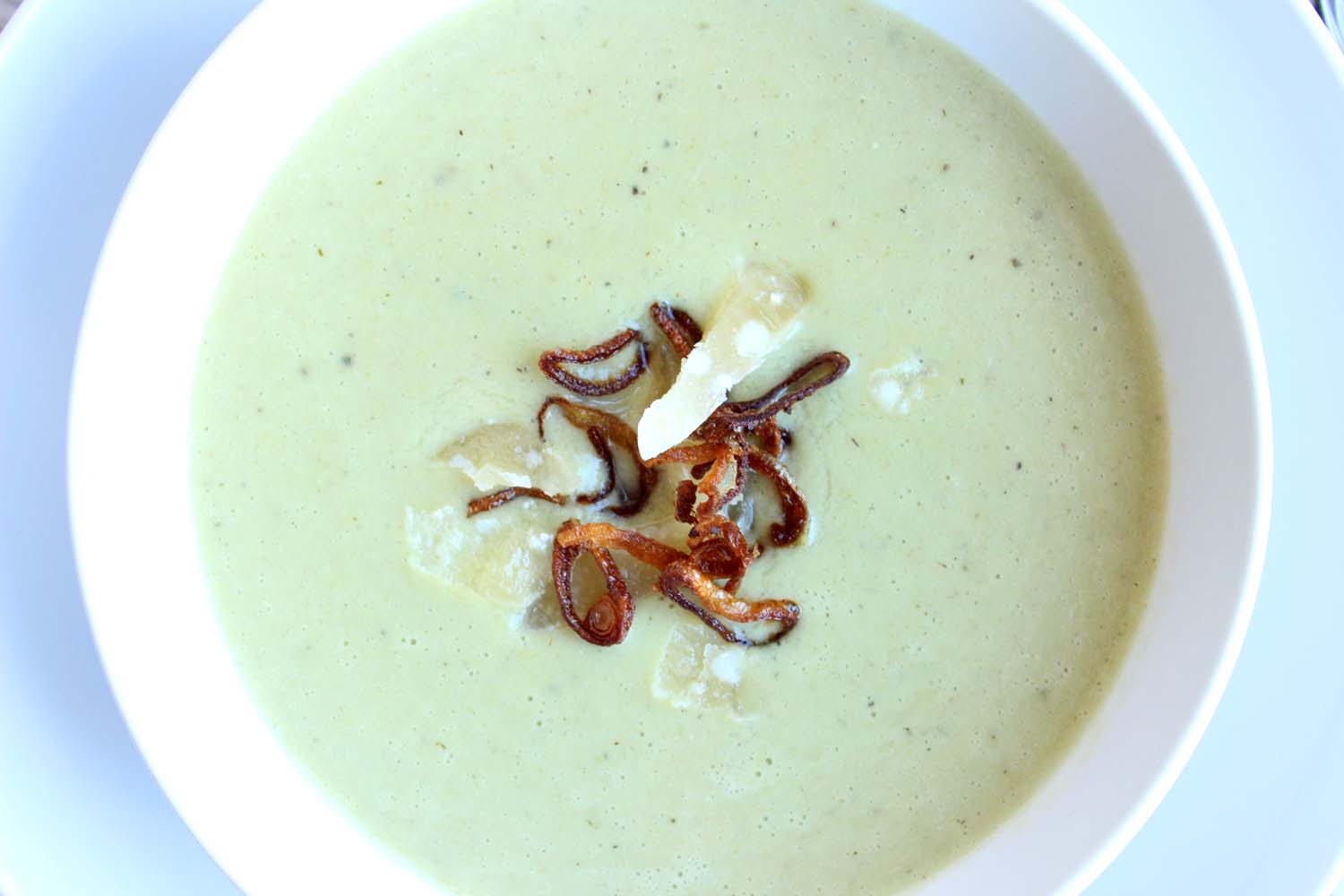Parisian Roasted Chicken and Tiny Potatoes
Parisian Roast Chicken with Tiny Potatoes | Image: Laura Messersmith
I’ve had this page in the Smitten Kitchen cookbook flagged with a post-it note for about 2 years and I am absolutely kicking myself that I just made it this fall for the first time. It has everything to recommend it – simple, short ingredient list; minimal equipment, classic French flavors – and yet I think I was intimidated by the process of spatch-cocking a chicken.
What that means in a nut-shell is removing the backbone so that a whole chicken can be cooked flat; reducing the total cook time. A slightly gruesome project, but one that is over and done with in less than five minutes presuming you have a sharp knife, or set of kitchen shears at your disposal. I recommend using the paper towel to keep the bird from skidding around on the cutting board while you undertake this process. But then it’s over and the more typical seasoning and roasting commence.
I called this chicken “Parisian” because Deb Perelman, the recipe’s author, tells the story of eating a similar dish on a trip to France and it reminded me of an Ina Garten recipe inspired by her own experiences in the City of Light. One bite and it’s clear why this dish makes a lasting impression.
The results are beautifully golden crisp skin – no need for oil or butter to accomplish it, just a few more paper towels for patting dry – juicy meat, and potatoes** that have absorbed all those amazing chicken-y flavors. Since there’s only a small roasting pan to contend with there’s still space for a sheet tray of Brussels sprouts or asparagus in the oven and dinner hits the table in under an hour.
Parisian Roast Chicken with Tiny Potatoes | Image: Laura Messersmith
Parisian Roasted Chicken with Tiny Potatoes (serves 4)
Ingredients:
2-3 pounds ping-pong sized Yukon gold potatoes, peeled**
3 1/2 - 4 pound whole chicken
2-3 tablespoons kosher salt
1 tablespoon black pepper
2 tablespoons olive oil
2 tablespoons fresh thyme leaves
1 lemon
Instructions:
Pre-heat the oven to 450 degrees F.
Wash and peel the potatoes, then spread them in the bottom of a small roasting pan.
Place a layer of paper towel on a medium cutting board and prop the chicken up on its base with the back facing you. Use a chef’s knife to cut vertically along each side of the backbone to remove. (Or place the chicken breast side down and remove the backbone with sharp kitchen shears.) Discard the backbone or save for making chicken stock.
Turn the chicken breast side up and press along the breastbone to flatten. Pat the entire chicken dry - inside and out - with paper towels and sprinkle liberally with kosher salt and black pepper.
Drizzle the olive oil over the potatoes and toss together with kosher salt and pepper. Place the chicken on top of the potatoes, breast side up, using the vegetables as a makeshift roasting rack.
Roast the chicken in the hot oven for 45-50 minutes, tossing the potatoes and rotating the chicken halfway through. The chicken is done when an instant read thermometer reads 165 degrees F when inserted into the thigh. Allow the chicken to rest for 5-10 minutes.
Place the potatoes on a large serving platter. Then cut the chicken into pieces placing the legs, thighs, breasts and wings over the potatoes. Sprinkle the platter with the thyme leaves and a squeeze of lemon juice. Serve immediately with a simply cooked vegetable like roasted Brussels sprouts.
**Side Note: A note on the photos - I liked the rustic look of leaving the skins on and honestly peeling teeny potatoes is annoying, so I tested leaving the potato skins on and the results are good, but not amazing. Peeling or at least cutting the potatoes in half makes a BIG difference and allows the great chicken-y flavors to permeate, so it’s 100% worth it. If using a larger potato cutting them in small pieces achieves the same results.
Re-written from Deb Perelman’s Flat Roasted Chicken with Tiny Potatoes in The Smitten Kitchen Cookbook (pg. 173 – 174)
Small Kitchen Friendly?
Absolutely. I used a 9x13 metal roasting pan, a medium cutting board, chef’s knife, a vegetable peeler, and paper towels. That’s it!!
Parisian Roast Chicken with Tiny Potatoes | Image: Laura Messersmith
Parisian Roast Chicken with Tiny Potatoes | Image: Laura Messersmith
















